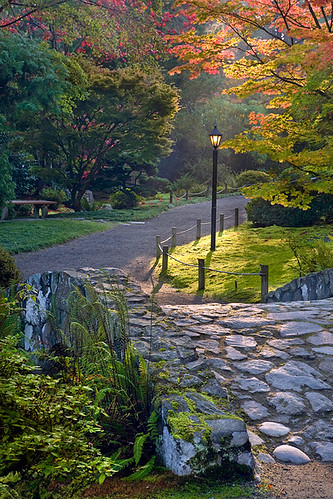メリークリスマス
Merry Christmas
明けましておめでとうございます
Happy New Year
Thanks, Keiko, for helping with Japanese msg and for the link to the article about Christmas in Japan.
Below stats on 10 top countries our readers came from just this month:
|
|


 3. Hanamayu uses waste cocoons which are dirty, damaged or have already been used for silk. Though often stained or misshapen, when dyed they display a beautiful variety of shades.
3. Hanamayu uses waste cocoons which are dirty, damaged or have already been used for silk. Though often stained or misshapen, when dyed they display a beautiful variety of shades.  4. A petal shape is cut with the natural curve of the cocoon. Many thin pieces are peeled off of the cocoon.
4. A petal shape is cut with the natural curve of the cocoon. Many thin pieces are peeled off of the cocoon.